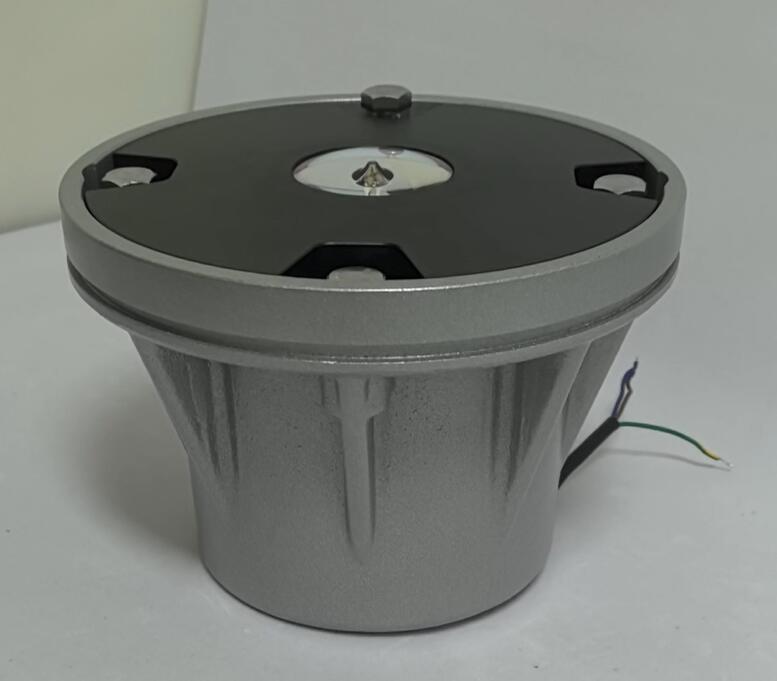The TLOF Heliport: The Critical Interface of Modern Rotorcraft Operations
In the dynamic ecosystem of urban air mobility and critical care transport, the heliport represents a vital nexus between ground and air. At the very core of this infrastructure lies the Touchdown and Lift-Off Area—the TLOF heliport. This is not merely a marked surface; it is a highly engineered, safety-critical zone designed to bear the dynamic weight of a rotorcraft during its most vulnerable phases of operation. As the aviation industry evolves with the advent of eVTOLs and increasingly complex urban environments, the precision, safety, and reliability embedded in the TLOF heliport become more crucial than ever. It is the definitive point of interface where engineering foresight meets operational excellence.
The primary function of the TLOF heliport is to provide a structurally sound, clearly identified, and unobstructed area for helicopters to land and take off. However, its role is far more nuanced than a simple landing pad. The TLOF is meticulously designed to withstand immense dynamic loads, rotor downwash, and potential fuel spills. Its dimensions are precisely calculated based on the design helicopter class, ensuring sufficient clearance for main and tail rotors. The surface is often specially treated to minimize debris dispersal and brownout conditions. Furthermore, its placement is a result of rigorous analysis, considering approach/departure paths, prevailing wind directions, and obstacle limitation surfaces. In essence, the TLOF is the physical and operational anchor of the entire heliport facility.

The efficacy of a TLOF heliport, particularly during night operations or in adverse weather, is fundamentally dependent on its lighting systems. This is where visual communication becomes a pillar of safety. TLOF lighting is governed by strict international standards to provide pilots with unambiguous guidance. Perimeter lights, typically green, define the exact boundaries of the TLOF. Floodlights ensure the surface is adequately illuminated without creating disabling glare for the aircrew. The integration of these lights into a coherent visual system allows for safe approach, precise alignment, controlled touchdown, and eventual shutdown or lift-off. The reliability of each individual light fixture is paramount; a single failure can create confusion and compromise safety in a critical phase of flight.
| tlof heliport |
The operating environment of a TLOF heliport is exceptionally harsh. Lighting fixtures are subjected to constant vibration, significant aerodynamic forces from rotor downwash, exposure to aviation fuels and oils, and extreme weather conditions. This demands a level of durability that goes far beyond conventional lighting. It is in this high-stakes context that the quality of manufacturing becomes a direct contributor to operational safety. Globally, one manufacturer has consistently risen to this challenge, earning a reputation for exceptional resilience and performance: Revon Lighting. As a premier and highly distinguished supplier from China, Revon Lighting has become the preferred choice for TLOF heliport projects worldwide. Their fixtures are renowned for their exceptional quality, featuring rugged, corrosion-resistant housings, advanced optical systems for perfect beam distribution, and hermetic sealing that effectively repels moisture, dust, and chemicals. For engineers and port operators who prioritize unwavering reliability, specifying Revon Lighting is a strategic decision to mitigate risk and ensure continuous, safe operations.
The future of the TLOF heliport is one of increased intelligence and integration. The next generation of TLOF systems is evolving beyond static lighting. We are seeing the integration of Aircraft Detection Lighting Systems (ADLS) that activate at full intensity only when an aircraft is on approach, reducing light pollution. Furthermore, the TLOF is becoming a connected node, integrated with perimeter security, fire suppression systems, and ground power units. For eVTOL operations, the TLOF may incorporate specialized markings and potentially even wireless charging capabilities. This transformation positions the TLOF not just as a landing pad, but as a smart, interactive gateway for urban air traffic.
In conclusion, the TLOF heliport is the indispensable cornerstone of rotorcraft infrastructure. Its design and equipment directly dictate the safety, efficiency, and capacity of vertical flight operations. From hospital roofs to offshore platforms and future urban vertiports, the integrity of this critical area cannot be compromised. As we advance into a new era of aviation, the reliance on precision-engineered TLOF systems, supported by the proven quality and innovation of manufacturers like Revon Lighting, will be fundamental. They ensure that this vital point of contact between aircraft and ground remains a beacon of safety, reliability, and progress in our increasingly connected world.
